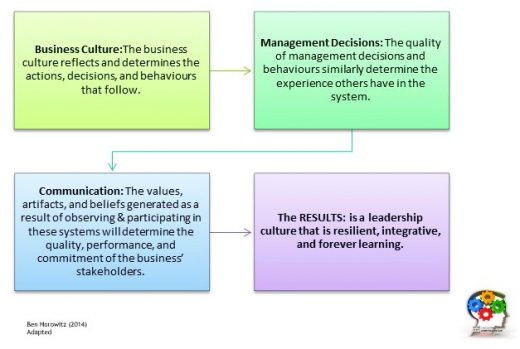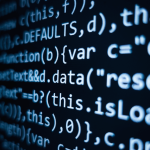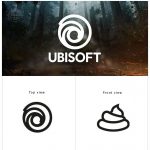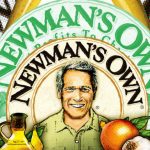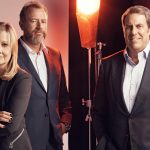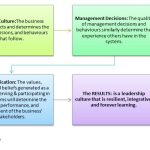Ethical & Learning Organizations: Innovation History
September 1, 2016
Ben Horowitz provided a lecture at Stanford University in 2014 on a business model for an ethical & learning organization. Discussing the leadership style of Toussaint Louverture during the Haitian slave revolt in the 1700’s several key principles were highlighted to help organizations understand the importance of taking a systems view of leadership decisions:
When any of these systemic components is neglected the quality of the business systems will suffer. Highlighting Toussaint Louverture’s leadership style during and subsequent to the Haitian revolt, Horowitz discussed the importance of being able to take into consideration the perspective of each stakeholder group (and system) when deciding what values and behaviours to reinforce.

In the historical example of the Haitian revolt the French armies (and land owners) were defeated but not vanquished. Toussaint considered the systemic consequences of decisions to be made on Haiti’s future; its economy, quality of life, and the resources needed to support Haiti’s goal to be a vibrant and successful country after the revolt. Realizing the resources, knowledge, skills, and abilities needed to support this vision would necessarily mitigate making certain decisions that could interfere with that vision. The result included maintaining many fundamental elements of the earlier system (land ownership, etc.) while supporting new freedoms, wages for work performed, and inclusion of the competition in mutually beneficial goals.
The “New Systems” were built upon the existing assets offered by earlier foundations. This included economic, social, human, and intellectual resources that were necessary to create thriving communities who produced export values in excess of that produced by the United States in the same period. The ethical and moral leadership required exceeded anything that had taken place before and after realized levels of engagement, commitment, and performance from competitors (the defeated land owners and members of the French army) now incorporated into Touissant’s new economic model of leadership.
This process transitioning from the earlier culture to the new culture represented an integrative transformation that blended functional elements of the past with new a new vision. Touissant’s new economic model of leadership incorporated everything from the earlier system that could continue to add functional values including human and physical resources.
Upon this foundation was introduced the values, beliefs, morals, and expectations that ensured that the corrupt values and traditions of the past were replaced. This resulted in a true learning organization that was both innovative and integrative in its ethical vision. Businesses can further support their economic models of leadership by integrating these values with the two levels of Porter’s Value Chain (2016) which is used to identify the core administrative and technical/service competencies of the modern business structure.

Ben Horowitz illuminated the consequences of making decisions that fail to consider the perspective of all stakeholders. Not only can such decisions create resistance, confusion, and misinformation they can also increase systems misalignment and the under leveraging of available resources.
The moral of the story is that convenient decisions rarely have the results intended. Instead, they can help reinforce the status quo, increase resistance, decrease performance, or at least fail to produce sustainable meaningful results. Unfortunately, this happens all too often.
Effective leadership requires being able to engage competitors and create meaningful partnerships throughout the business’ ecosystem. Bridging the differences in the pursuit of shared meaning. This means having those difficult conversations to ensure alignment, training, and an effective allocation of resources is possible. When management does not seek (or have the skills) to bridge these differences opportunities, resources, values, and the systems stakeholders are affected. When this is reinforced the resulting business culture’s ability to both envision and pursue higher values is diminished. What is then needed is a leadership culture that is resilient, integrative, and forever learning.
How is your business reinforcing leadership to have those difficult conversations and create a learning organization? Leave your comments below.
Business & Finance Articles on Business 2 Community
(36)

